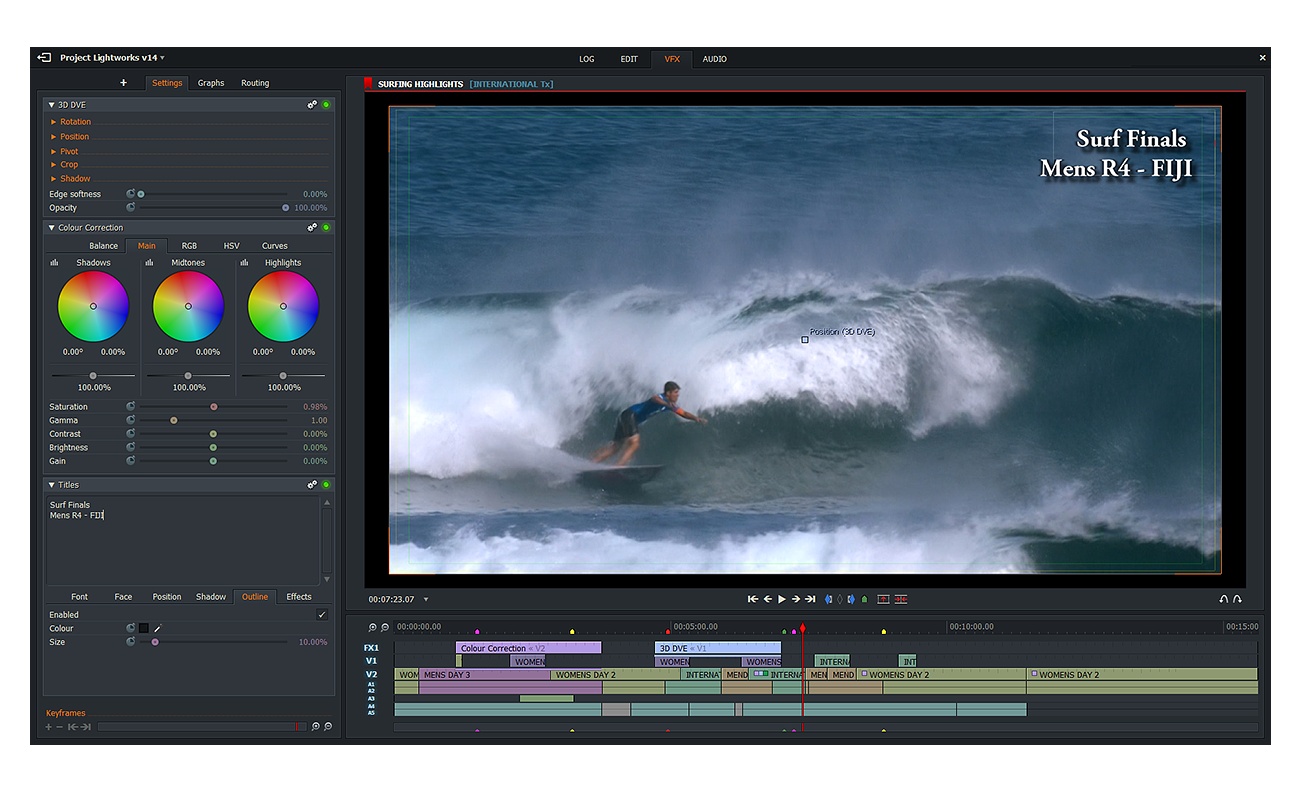Latest Mac Os Software Version
How to get updates for macOS Mojave or later
If you've upgraded to macOS Mojave or later, follow these steps to keep it up to date:
I have macOS 10.7.5 and want to update it to a newer version as possible. Currently I’m trying to gradually upgrade it to 10.8 to download a newer version then. But I’m stuck at 10.7.5 and the components for a newer Mac OS X Lion don’t download to my Mac Book Air of 2011. The version was superseded by Mac OS X 10.0.0, the first final release of Mac OS X. Version 10.0: “Cheetah” Mac OS X version 10.0 is the first major release Mac OS X, which is the Apple’s desktop and the server operating system. Mac OS X 10.0 was released on March 24, 2001, for the price of US$129.
- Choose System Preferences from the Apple menu , then click Software Update to check for updates.
- If any updates are available, click the Update Now button to install them. Or click ”More info” to see details about each update and select specific updates to install.
- When Software Update says that your Mac is up to date, the installed version of macOS and all of its apps are also up to date. That includes Safari, iTunes, Books, Messages, Mail, Calendar, Photos, and FaceTime.
- Every version of Mac OS X and macOS ever from the first to the latest macOS (including the beta), plus how to tell which version you have By Lewis Painter, Senior Staff Writer 22 Jun 20.
- New versions of MacOS installers are typically available through the Mac App Store, accessed through a computer that is compatible with the latest Mac system software release. Older versions of Mac OS X installers can often be downloaded as well, but from different sources. For earlier versions of Mac OS X, including Mac OS X Mavericks 10.9.
- Note: The headings on this list indicate the Macintosh System bundle names; the bullet points indicate the version of the System File included in that bundle. This is to make it clearer for people searching for specific bundle versions as opposed to System File versions. Finder File versions are not indicated. 1 Classic Mac OS 1.1 Macintosh System Software (0 - 0.3) 1.1.1 System File 1 1.1.2.
To find updates for iMovie, Garageband, Pages, Numbers, Keynote, and other apps that were downloaded separately from the App Store, open the App Store on your Mac, then click the Updates tab.
Latest Mac Software Download
To automatically install macOS updates in the future, including apps that were downloaded separately from the App Store, select ”Automatically keep my Mac up to date.” Your Mac will notify you when updates require it to restart, so you can always choose to install those later.
How to get updates for earlier macOS versions
If you're using an earlier macOS, such as macOS High Sierra, Sierra, El Capitan, or earlier,* follow these steps to keep it up to date:
- Open the App Store app on your Mac.
- Click Updates in the App Store toolbar.
- Use the Update buttons to download and install any updates listed.
- When the App Store shows no more updates, the installed version of macOS and all of its apps are up to date. That includes Safari, iTunes, iBooks, Messages, Mail, Calendar, Photos, and FaceTime. Later versions may be available by upgrading your macOS.
To automatically download updates in the future, choose Apple menu > System Preferences, click App Store, then select ”Download newly available updates in the background.” Your Mac will notify you when updates are ready to install.
Latest Mac Software Os
* If you're using OS X Lion or Snow Leopard, get OS X updates by choosing Apple menu > Software Update.
How to get updates for iOS
Learn how to update your iPhone, iPad, or iPod touch to the latest version of iOS.
Download Latest Mac Os Version

Learn more
- Learn how to upgrade to the latest version of macOS.
- Find out which macOS your Mac is using.
- You can redownload apps that you previously downloaded from the App Store.
- Your Mac doesn't automatically download large updates when it's using a Personal Hotspot.